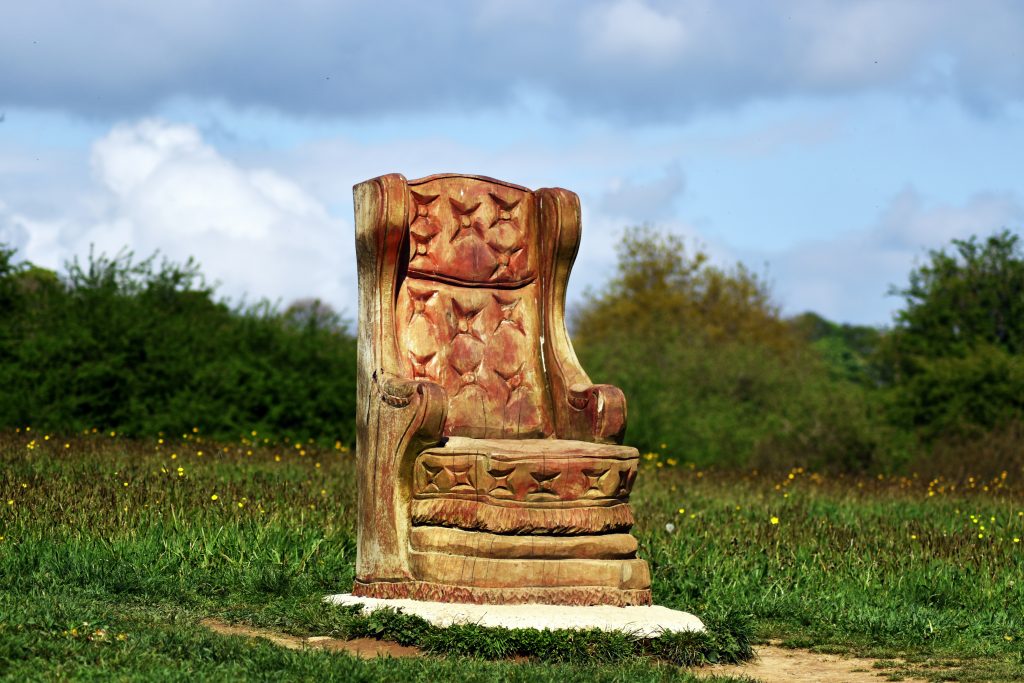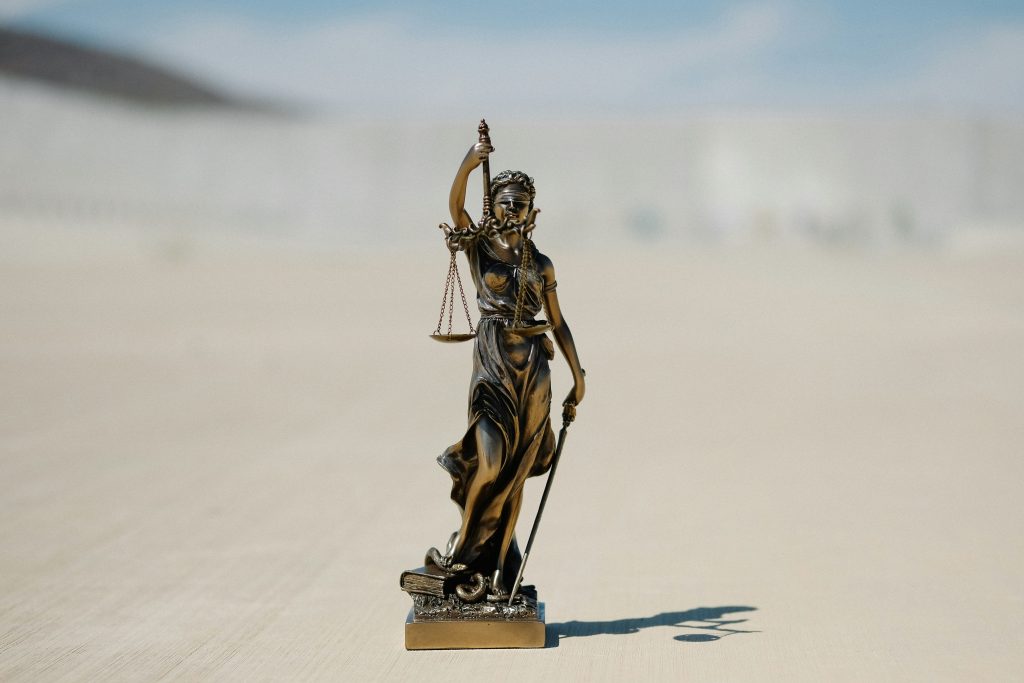What If Non-Living Things Had Consciousness? Exploring the Spiritual & Philosophical Possibilities
In a world dominated by human consciousness, it’s easy to overlook the idea that awareness might not be limited to living beings alone. We often think of consciousness as something unique to humans, animals, and perhaps plants. But what if consciousness could extend beyond the realm of biology? What if non-living things—objects like chairs, rocks, or even statues—possessed a form of consciousness, albeit a different, subtler kind? Picture this: a chair, something we use daily without giving it a second thought. It doesn’t move, it doesn’t speak, yet what if it knew? What if it could sense the weight of our bodies, understand the way we sit, and feel the vibrations of our emotions as we settle into it after a long day? This might sound far-fetched, but let’s explore the possibility that non-living things could possess a quiet, knowing presence. Not the kind of awareness we usually associate with sentient beings, but a still, silent understanding. The Silent Awareness of Everyday Objects Consider the chair you’re sitting in right now. It may seem like an ordinary object, yet it serves a very specific purpose. You sit in it to rest, to work, to relax. But what if the chair has been observing you all along? The idea may seem whimsical, yet it draws upon an ancient and profound spiritual belief: that all things in the universe, even inanimate objects, are connected through a shared awareness. This concept echoes across various spiritual traditions, from animism to pantheism, and even the more modern ideas found in theories like panpsychism. If consciousness were a universal force, flowing through all things, then it’s not too hard to imagine that a chair could have its own form of awareness. It doesn’t need to move or speak to know its purpose and its presence in the world. In this sense, it becomes part of the broader tapestry of life, holding a unique perspective on the world around it. Ancient Symbols of the Divine If non-living things can hold some form of consciousness, could this be why ancient cultures made statues and carved images to represent gods and divine figures? Statues, stones, and idols weren’t just artistic expressions—they were believed to house spirits, energies, or gods themselves. The idea that an object could embody a divine presence is found in many traditions across the world, from ancient Egypt to indigenous cultures. In these traditions, the object wasn’t merely a representation of the divine but a vessel that contained some form of consciousness or spiritual essence. Whether it was a stone idol or a carved statue, these objects were believed to possess an inner life—one that wasn’t immediately visible but could be felt by those who approached them with reverence and respect. What if this belief wasn’t just symbolic? What if these objects really were awake in some mysterious way, observing the world around them and interacting with those who believed in their power? Atheism and the Nature of Belief It’s also worth considering how this idea of consciousness in non-living things could challenge our understanding of belief systems. Atheism, for example, is often seen as the rejection of a higher power or divine being. But could atheism itself be seen as a form of belief? After all, atheism is rooted in a belief in not believing. It’s a philosophy that denies the existence of a deity or divine presence, yet it still requires an acceptance of certain truths or principles. In this sense, even the rejection of belief becomes a belief in itself. The same logic can apply to the idea that non-living things might hold consciousness. If even a single person believes that a chair, a stone, or a statue has awareness, doesn’t that belief, in itself, create a new form of spiritual reality? In a way, a belief in the consciousness of objects could become its own personal religion, just as atheism or agnosticism serves as a personal belief system for others. Countless Beliefs, Infinite Realities Every person has a unique worldview, shaped by their upbringing, culture, and experiences. And just as there are countless religions and belief systems, there are also countless ways of understanding the consciousness of the world around us. Perhaps one person believes that everything is alive, that every object—no matter how still or silent—has its own form of awareness. Another person may believe that consciousness is unique to humans and animals, with non-living things serving purely as tools for us to use. But what if there is no one correct answer? Could it be that there is a kind of spiritual pluralism in the world—a reality where each belief, no matter how strange or far-fetched it may seem, is valid in its own right? After all, belief systems are deeply personal. A single belief can create a universe of its own, a truth that exists as long as one person holds it. And perhaps, in some parallel way, there are people out there who share the exact same spiritual path, with a version of belief that is in perfect alignment with one another. Final Thoughts: The Divinity in Everything What if the divine isn’t something that resides in the sky or in the unseen? What if divinity is already here, among us, in the things we see and use every day? The idea that non-living things could possess consciousness suggests that awareness might be everywhere—infinitely spread across every object, every stone, every piece of wood or metal we encounter. It could be that the divine isn’t just in the mystical or the transcendental, but in the very things we take for granted. The stillness of a chair, the quiet presence of a statue, the weight of a stone—maybe these too are part of the grand cosmic dance. The idea that consciousness exists within all things invites us to see the world differently. It calls us to recognize the sacredness in the mundane and the divine in the everyday.



